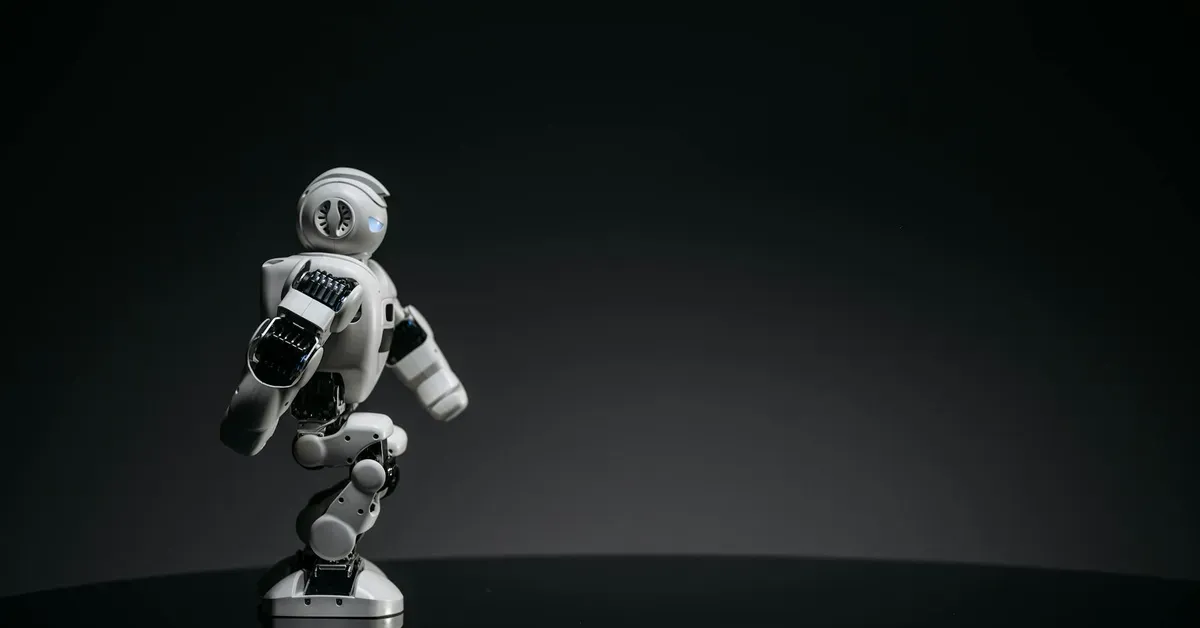
Watch a robot get kicked by a researcher and it no longer crumples like an empty soda can. Thanks to groundbreaking fall prevention algorithms, robots now recover from physical abuse with the agility of a martial arts master. The days of viral videos showing helpless machines toppling over are numbered as research teams develop sophisticated fall prediction systems that work with remarkable speed, creating machines that stumble but rarely crash.
These robot fall prevention algorithms represent a critical milestone in the development of machines that must navigate the real world. From quadrupeds scampering across uneven terrain to bipedal assistants helping elderly users maintain balance, the ability to detect and prevent falls transforms robots from lab curiosities into practical tools for everyday life.
From Defenseless to Default Reaction
Early robots had all the balance of a toddler on roller skates. When pushed or kicked, they’d topple over without resistance – defenseless against the slightest disturbance. The latest generation tells a different story. Advanced fall prediction algorithms can now detect an impending fall up to 395 milliseconds before it happens, giving the robot precious time to execute a recovery strategy.
One experimental system for quadruped robots demonstrates fall prediction accuracy of up to 95%. This isn’t just impressive in the lab – it’s transformative for real-world applications where robots must operate in unpredictable environments. The critical fault classifier component examines the robot’s state, determining whether it faces a genuine fall risk or merely a temporary destabilization.
Compare these recovery capabilities to just five years ago, and the progress becomes clear. Today’s robots don’t just detect falls – they actively fight against them, using sophisticated algorithms that determine the optimal response in milliseconds.
When Robots Teach Themselves Martial Arts
The most fascinating aspect of modern fall prevention isn’t just the detection but the recovery. Some systems employ reinforcement learning – essentially letting robots teach themselves how to recover through countless simulated falls. It’s like watching a digital Chuck Norris emerge from thousands of virtual faceplants.
This self-recovery control approach works particularly well for quadruped robots, which must coordinate multiple limbs simultaneously. Rather than programming specific responses to every possible fall scenario (an impossible task), developers create learning environments where robots discover effective strategies on their own.
For bipedal robots, the challenge intensifies. These machines must calculate their Extrapolated Center of Mass (XCOM) in real-time, then determine what supportive forces are needed to prevent toppling. It’s a complex physics problem solved dozens of times per second as the robot walks, runs, or responds to external forces.
Beyond Lab Kicks
The implications extend far beyond entertaining videos of robots getting bullied by lab technicians. Fall prevention algorithms are reshaping practical applications across multiple sectors. Physical intelligence in robots begins with mastering balance – a foundation for more complex capabilities.
In elderly care, wearable robotics employing these same algorithms could prevent human falls. One promising system even transferred fall detection algorithms to a hip-protecting airbag device, creating wearable safety tech that deploys before impact. As populations age worldwide, such technologies could significantly reduce fall-related injuries that cost healthcare systems billions annually.
Warehouse and industrial robots gain particular benefit from improved stability. A robot that can recover from collisions or unexpected loads means fewer disruptions, damaged products, or safety incidents. The reinforcement learning approach allows these machines to adapt to different floor surfaces, loads, and obstacles without requiring constant reprogramming.
The Fall-Proof Future
What happens when robots stop falling? For starters, they become significantly more useful. The current generation of experimental robots demonstrates recovery speeds that would have seemed impossible just a few years ago. These aren’t just incremental improvements – they represent fundamental breakthroughs in how machines interact with physical space.
Elderly assistance robots like MIT’s Elderly Bodily Assistance Robot (E-BAR) offer a glimpse of this future. By providing physical support and fall prevention, such devices could extend independent living for millions of seniors. The robot continuously evaluates balance factors, offering supportive force exactly when needed – essentially functioning as an intelligent, mobile walking aid.
For all the impressive technical achievements, perhaps the most significant impact lies in public perception. As robots become less clumsy and more capable in unstructured environments, their adoption accelerates across industries. The fall-proof algorithm doesn’t just save the robot from embarrassment – it transforms our relationship with machines designed to work alongside us in the physical world.
When emergency response robots can navigate disaster zones without toppling over, when industrial machines can work safely alongside humans without creating hazards, and when assistive devices can truly prevent dangerous falls – that’s when we’ll see the full potential of these algorithms realized. The future isn’t just robots that don’t fall – it’s robots that help ensure we don’t fall either.